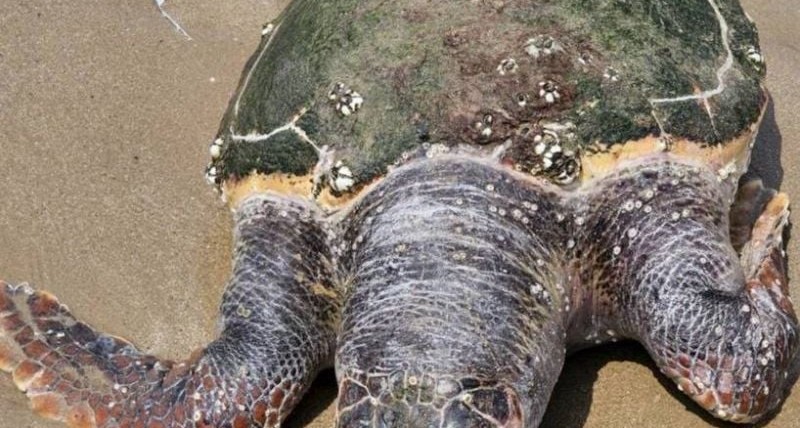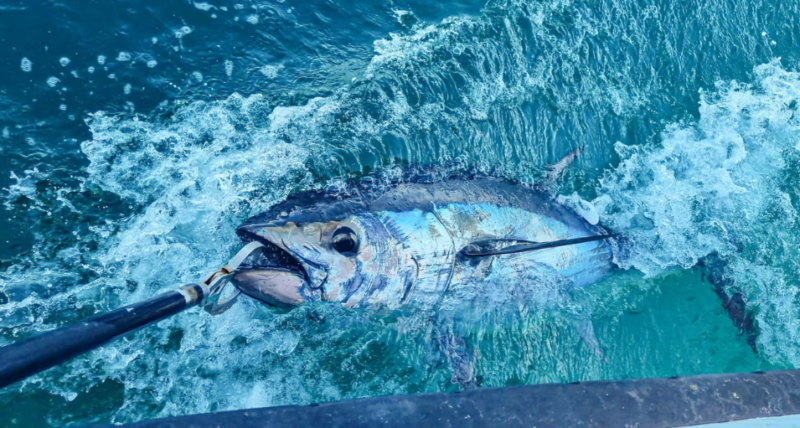This boat was launched on Saturday. She will collect water samples for four years to allow scientists to assess the capacity of tropical oceans to trap CO2.
A floating laboratory eight meters high by five meters in diameter, all yellow, was launched on Saturday March 2 off the coast of Nouméa, New Caledonia. This is a high-tech buoy that will collect water samples for four years. These samples are valuable for scientists trying to assess the capacity of tropical oceans to trap CO2.
This research project, funded by the European Union, is called HOPE and managed by the IRD, the Institute of Research for Development.
Scientists talk about a buoy but it is almost a small boat, like a marine satellite packed with sensors and solar panels. “We can go inside the buoy, there are benches, automatons, everything that allows us to study this complexity of the ocean autonomously because putting oceanographers every hour in the ocean for several years, we cannot do it,” explains Sophie Bonnet, oceanographer and research director at the IRD. It is therefore from land that the researchers will pilot this buoy.
The objective is to collect water samples at high frequency for four years, an essential rhythm for studying the trapping of CO2 by the ocean, in particular thanks to plankton. “There are changes in wind, brightness and temperature which will affect the plankton content. Our ambition is to be able to observe the ocean at very high frequency, on an hourly scale, with a high degree of complexity,” continues Sophie Bonnet.
Tropical oceans capture more CO2 than estimated
Scientists have been saying it for a long time, in this region of the world, the capture of carbon dioxide by the oceans is not as effective as in temperate zones « because they are poor in nutrients so that limits the development of plankton, which fixes this CO2”. However, the tropical oceans are not necessarily the worst performers in CO2 trapping, according to Sophie Bonnet, for whom their role is underestimated. She has put forward this theory in recent months with her teams: the tropical oceans capture more CO2 than we imagine, in particular thanks to microorganisms, a particular type of plankton called “diazotroph”.
“These diazotrophs re-fertilize these poor environments so they recreate oases of life in the middle of deserts and create a small carbon sink, weaker than in temperate and polar zones obviously, but given the extent of this ocean, we must take take into account the role of these zones and characterize the functioning of this pump,” indicates the oceanographer. This carbon pump is essential. The oceans absorb nearly 25% of CO2 emissions linked to human activities. By deepening knowledge of tropical oceans, researchers will be able to refine models for analyzing climate change.




